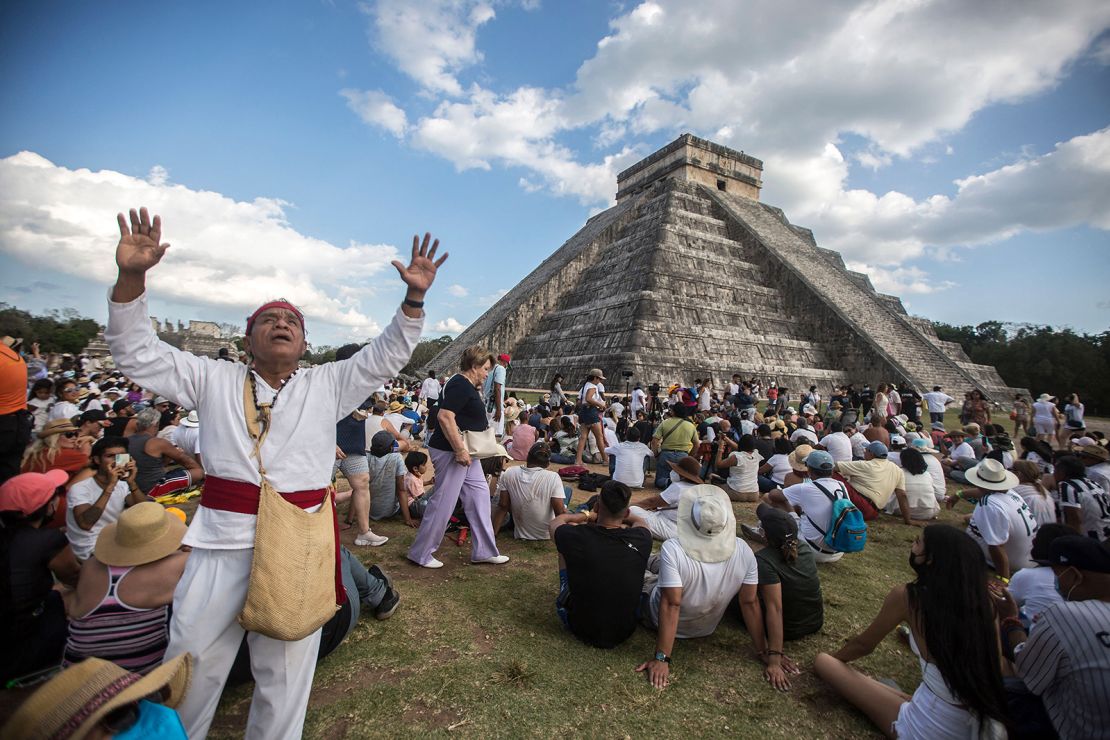The history of the seasonsOur ancestors may not have understood the equinoxes and solstices as events that occur during Earth’s yearly orbit around the sun. But if they were observant – and some were very observant indeed – they surely marked the day of the equinox as being midway between the sun’s lowest path across the sky in winter and highest path across the sky in summer.Now we can say with reasonably high accuracy that the sun rises due east and sets due west on the day of the equinox. And this is the same for everyone around the globe.If you are seeking more precision for the sunrise/sunset direction in your part of the world,
Another fun fact: The sun sets faster during the equinoxes than during solstices – and it’s true for both hemispheres. The reason? The setting sun hits the horizon at the steepest possible angle to Earth, EarthSky says.
The sun sets more slowly during solstices when the Earth’s tilt is most extreme. And the effect is more dramatic the farther you get from the equator. That’s why the sun never sets at all in the Arctic Circle during the time around the summer solstice.
Special sites and modern celebrations

In England, the mysterious stone structure of Stonehenge has been a popular gathering place for solstices and equinoxes. English Heritage organizes the events, and if you aren’t fond of big crowds, the equinoxes draw fewer people than the solstices typically.
In Mexico, the Mayan site Chichén Itzá has special equinox ties. At the site, the impressive pyramid known as El Castillo was aligned so that a shadow outlining the form of a snake of light (Kukulcán) descends the steps on the equinoxes.
And it’s not just well-known ancient sites that traditionally get in on the action.
Pike Place Market in Seattle will be celebrating its annual Daffodil Day. When shoppers visit the market, they will get a free bundle of daffodils while supplies last.
The city of Zenica, northwest of Sarajevo in Bosnia and Herzegovina, holds its annual Cimburijada or “Festival of Scrambled Eggs” on the first day of spring.
Cultures around the world celebrate the equinox. Here are a few:
Nowruz is the Persian New Year. Also known as Nauryz, Navruz or Nowrouz, it means “new day.”
It’s no coincidence it falls on the first day of spring. The Iranian calendar is a solar calendar, meaning time is determined, through astronomical observations, by Earth’s movement around the sun. So, the first day of the year always kicks off with the vernal equinox.
It’s a celebration of new beginnings: wishing prosperity and welcoming the future while shedding away the past. That’s why families use this time to deep clean their homes and closets and buy fresh clothing.
In China, trying to stand an egg upright is a popular game during the spring equinox, according to VisitBeijing.com. The custom is thought to go back thousands of years, and it’s believed that if people can get an egg to stand, they will have good luck. And people across China eat local spring vegetables.
In Japan, Vernal Equinox Day is a public holiday (on Tuesday, March 21, this year). Japan is thoroughly modernized, but its people still adhere to old traditions such as visiting family graves and holding family reunions to mark the spring equinox.

Comments